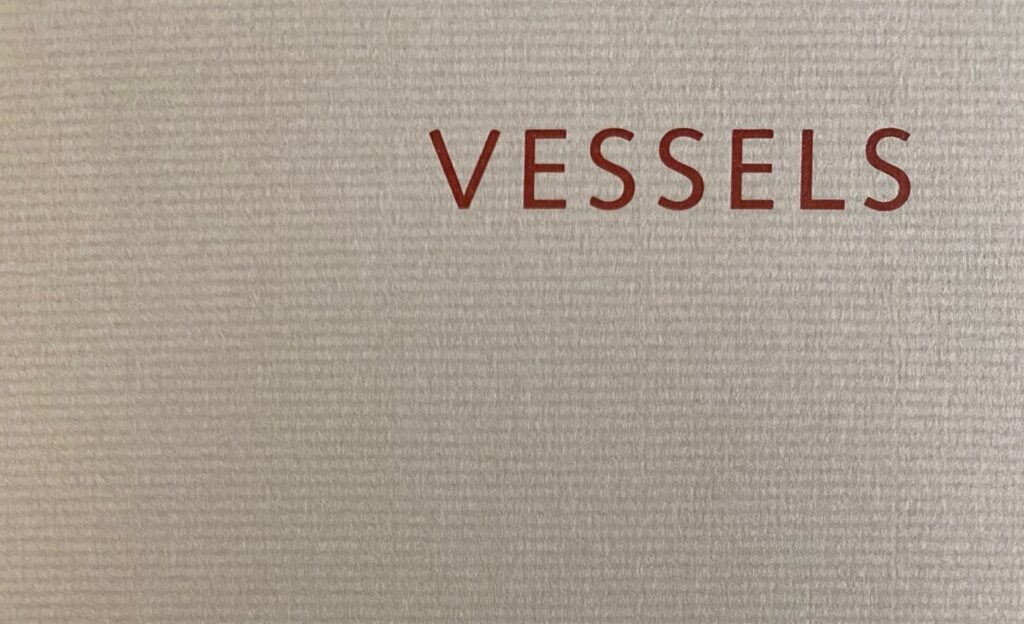Ian Hamilton FinlayVessels


Past exhibition
Ian Hamilton Finlay Vessels
About the Exhibition
The Arts Club of Chicago is pleased to host the exhibition Vessels by Ian Hamilton Finlay which opened on Tuesday, 20 April 2004.
Poet, philosopher, and gardener Ian Hamilton Finlay, is an artist of international importance. Born in 1925, Scottish artist Finlay became known in the 1960s as one of Britain’s foremost concrete poets, producing short stories, plays and poetry, and limited edition prints, booklets and cards under the imprint of his own Wild Hawthorn Press, which continues today. Language has been, and continues to be, the main impetus of his work.
The Arts Club exhibition, Vessels, contains eight sculptural works and ten text and installations from the past ten years. Finlay developed other forms of presentation for his poems, such as neoclassical porcelain vases, stone urns, wood benches, and bronze watering cans, which reflect his experimental curiosity, and create an expanded context for the written word.
Close to his heart since childhood, the sea, in all its myriad aspects, is a recurrent and favored theme in Finlay’s work. This affinity is present as metaphor in much of his work and his love of ships and boats, fishing boats in particular, are a continuous thread through much of his oeuvre. The sea possesses a penetrating and existential quality that the fisherman must achieve harmony with to survive; an archetype of co-existence not unlike the life of a poet and gardener amidst the raw Scottish landscape. Four Rose Benches are roughly hewn benches inscribed with the name and registration number of Scottish fishing boats, all with ‘rose’ in their name. The juxtaposition of the rough block wood with the fragrant flower names that produces a powerful image conjures up the ancient art of shipbuilding and seafaring.
Three text pieces in the exhibition are:
Schooner, sail your snows to the Pole.
SNOW, n. atmosphere
vapour frozen in crystalline
form. BARK, n. formerly any
small sailing ship.
BARK, n. the rind or covering
of the trunk and branches of
a tree. SNOW, n. a vessel like
brig with a trysail mast.
Inherent in Finlay’s work is his respect and love of the classical, particularly ancient Greek philosophy and culture. A vase in the exhibition designed after Karl Friedrich Schinkel, an architect who created designs in both Classic and Gothic, is inscribed with a phrase from Virgil’s Georgics alluding to the belief of the ancients in a Golden Age: “Quibus ispa pro-cul discordibus armis fundit humo facilem victum iustissima tellus.” Both tragic severity and idyllic happiness are found in Finlay’s work. He incorporates humanistic elements of the intellect into the natural world and finds a common ground in the sensory exploration and experience of nature.
About the Artist
Ian Hamilton Finlay was born in Nassau, the Bahamas in 1925, and returned to Scotland with his family at a young age. He studied at the Glasgow School of Art from 1942 to 1945, and then served in the Scottish army during the Second World War. He was nominated for the Turner Prize in 1985. He has had over sixty solo exhibitions including those at the ICA and the Serpentine Gallery, London; the Kunsthalle, Basle; the Musée de l’Art Moderne de la Ville de Paris; the Wadsworth Atheneum, Hartford, Connecticut; Lenbachhaus, Munich; the Ostwall, Dortmund; the Joan Miro Foundation, Barcelona and the Tate Gallery, St Ives. More than fifty of Finlay’s commissioned installations are in public places, such as the garden of the Max Planck Institute, Stuttgart, the Library of Baden, Karlsruhe, the Schroder Münchmeyer Hengst & Co Bank, Frankfurt in Germany; the Furka Pass in Switzerland; Stockwood Park, Luton and St George’s Church, Glasgow, Hamilton and Edinburgh in Scotland. He has been awarded Honorary Doctorates by the Universities of Aberdeen, Heriot-Watt and Glasgow, and an Honorary Professorship by the University of Dundee. In 1991 he was presented with a bust of Saint-Just by the Communist Party of France and in 2002 he was awarded the Scottish Horticultural Medal by the Royal Caledonian Horticultural Society. In 2003 he received a Scottish Arts Council Creative Scotland Award.